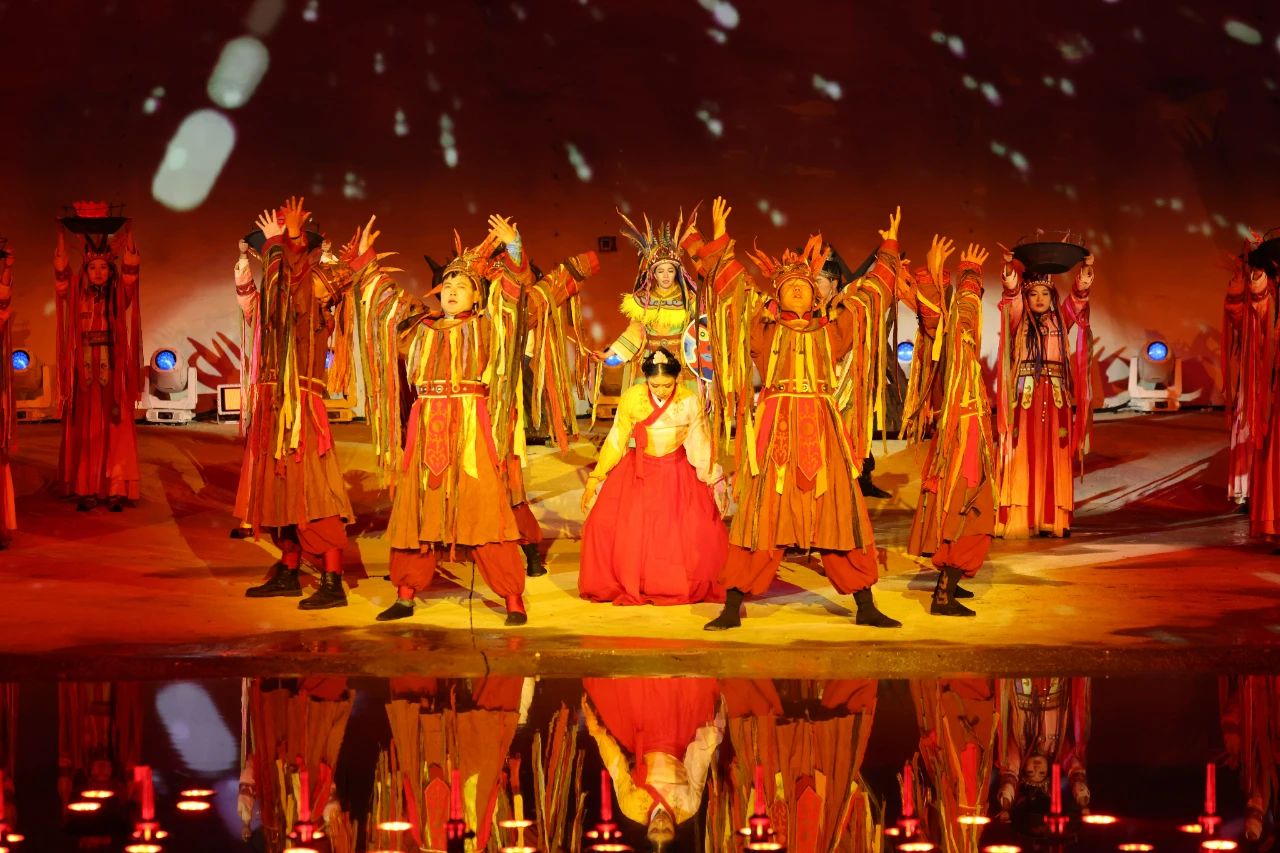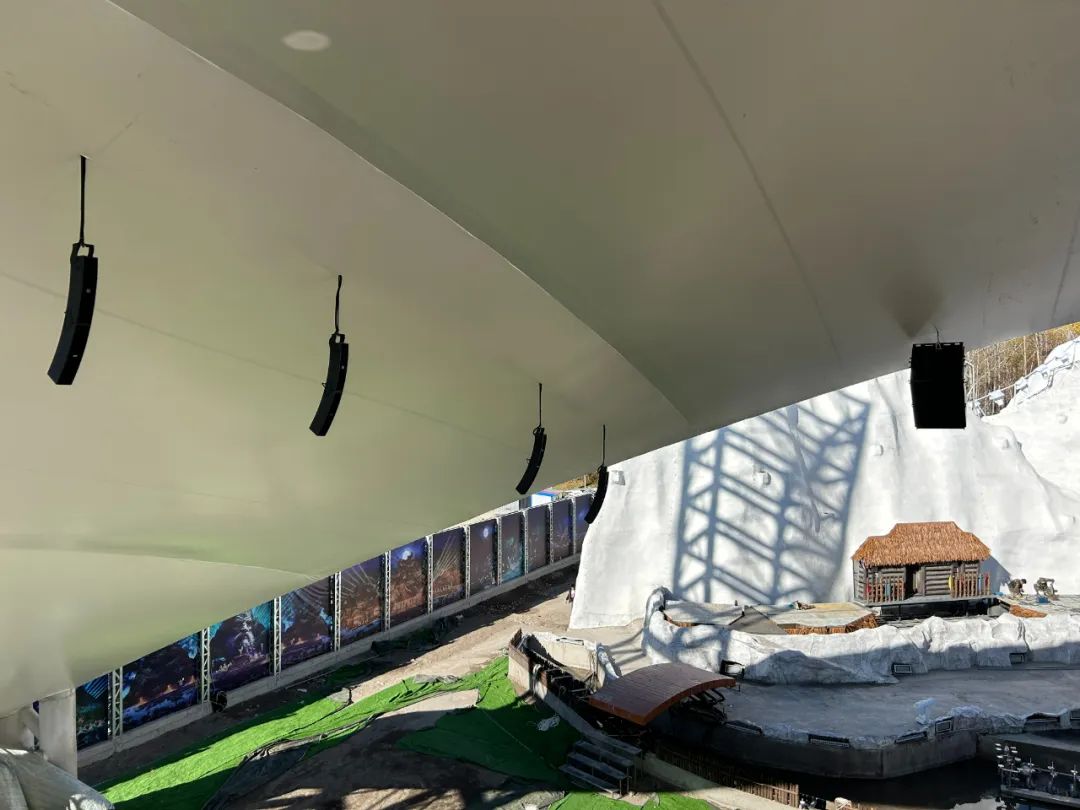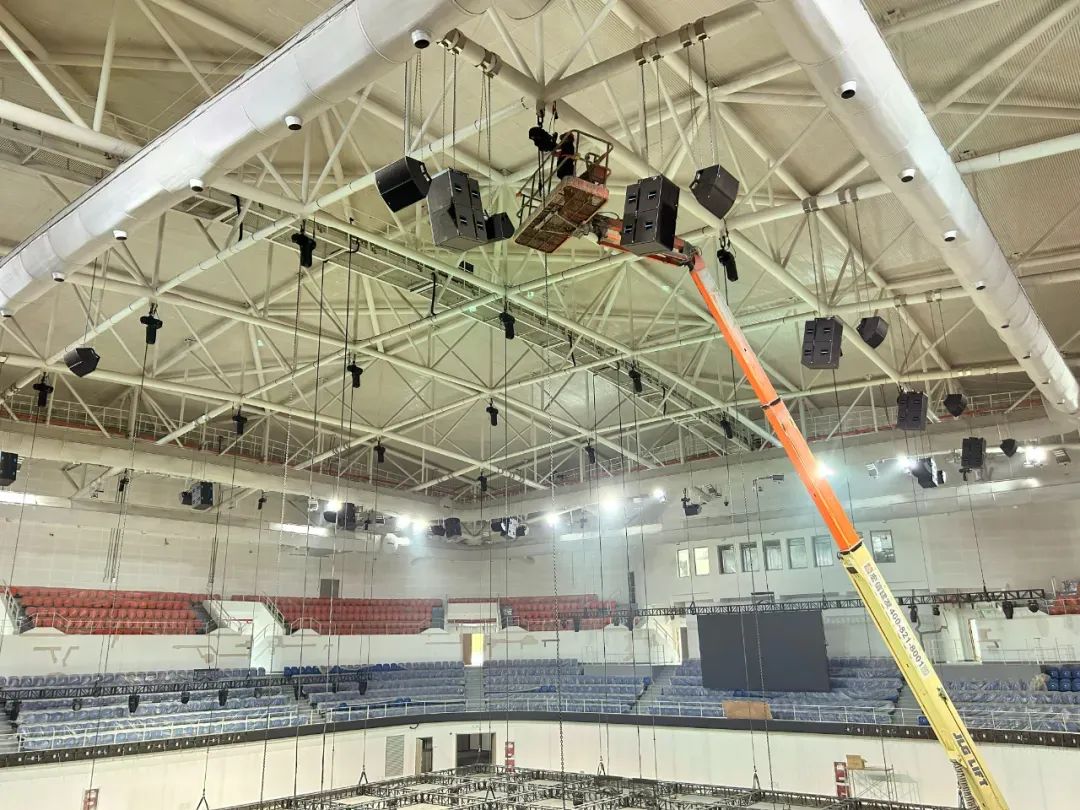2025 Cultural and Tourism Audio Procurement Guide: Scientific Planning, Avoiding 4 Cost Traps, Saving 500000 Budget
As a benchmark in the professional audio field for 15 years, Jazz Audio (JAZZPRO) has served over 100 cultural and tourism projects nationwide. From red tourism to ecological night tours, from live theaters to smart scenic spots, we deeply understand that scientific sound field planning is not a "multiple-choice question", but a "must answer question". Today, let's combine practical experience to uncover the underlying logic of cultural and tourism audio procurement, so that every budget can accurately anchor value.

Trap 1: Mismatch between device parameters and scene requirements
1 Pain point analysis
Misconception: Many cultural and tourism projects blindly pursue seemingly "high-end" parameter indicators such as high power and wide frequency response when purchasing audio equipment, but ignore the acoustic characteristics of the venue itself, such as reverberation time, background noise, audience distribution, etc. This is actually an inverted approach.
2 consequence
Waste or insufficient performance; Imagine if high-power devices were installed in a small venue, it would be like setting off large fireworks in a small room, causing sound pressure overload and a significant decrease in sound clarity. If the speech transmission index (STI) is below 0.6, the audience would only hear deafening noise and unable to enjoy a clear audio experience; However, if the low-power equipment is used in a large open space, it will be like lighting a small candle in a storm. The sound cannot cover the whole audience at all. The people in the back half of the auditorium can only "listen attentively", which seriously affects the performance effect.
Secondary renovation cost: In the actual project, there was a serious mismatch between equipment selection and the scene. In the later stage, it was necessary to urgently add building materials and various auxiliary equipment in an attempt to make up for the mistake in the early stage. As a result, the cost snowballed and the original budget plan was completely disrupted.
3 suggestion
Suggestion: Sound field simulation first; Nowadays, with the advancement of technology, we can rely on professional expertise; Sound field simulation software such as EASE or CATT Acoustic models in advance to accurately quantify the acoustic requirements of the site, allowing data to provide us with "advice" and generate scientifically reasonable equipment selection reports, avoiding making decisions based on intuition.
Focus on core indicators; Different performance scenes have their unique key requirements. For language scenes such as travel explanations, conference presentations, etc., we should prioritize ensuring speech clarity and ensure that the STI is not less than 0.75, so that the audience can hear every word clearly and accurately; For performing arts scenes such as outdoor music festivals, stage plays, etc., the uniformity of sound pressure is crucial, and it is necessary to strive to control it within ± 2dB, so as to ensure that the audience can hear the same volume no matter where they sit, and there will be no situation where one side of the sound is too loud and the other side is too small to hear clearly.
Tips: STI Speech Clarity Index

STI (Speech Transmission Index) is a key indicator for measuring speech intelligibility, ranging from 0 to 1. When the STI is greater than 0.75, the speech clarity is excellent and the audience can easily understand it; If the STI is less than 0.6, it means that the audio quality is worrying and there is an urgent need to optimize the equipment layout or adjust the sound design.
Trap 2: Lack of outdoor protection and reduced lifespan of equipment
1 Pain point analysis
Misconception: Some cultural and tourism projects, when purchasing outdoor audio equipment, assume to directly use indoor equipment to cope with complex outdoor environments, completely ignoring the unique and harsh conditions outdoors, such as temperature and humidity changes, salt spray erosion, dust pollution, etc. This is a huge test of the equipment's lifespan and performance
2 Consequences
The accident rate is rising: especially in coastal areas, salt spray in the air has strong corrosiveness. Equipment operating in such an environment for a long time can have an average annual failure rate of up to 25% -30%. However, in normal indoor scenarios, the equipment failure rate is much lower than this number. Frequent failures not only affect the normal performance, but also greatly increase the difficulty and cost of maintenance.
The surge in operation and maintenance costs; Due to the lack of necessary outdoor protection design for the equipment, over the years, maintenance costs caused by equipment corrosion have exceeded the standard, completely overturning the originally budgeted operation and maintenance costs, bringing a heavy economic burden to project operations.
3 Suggestions
Strictly control the level of protection; When purchasing outdoor equipment, it is important to prioritize the protection level and choose equipment that meets the IP67 standard (dustproof and waterproof). At the same time, ensure that the circuit board adopts a three proof coating process and puts a layer of "protective armor" on the equipment to effectively resist external environmental damage.
Material selection; The material of the shell is also crucial, and corrosion-resistant and durable materials such as 316 stainless steel or die cast aluminum should be selected. The connector should use gold-plated contacts to prevent oxidation, starting from every detail to extend the service life of the equipment and reduce operation and maintenance costs.




